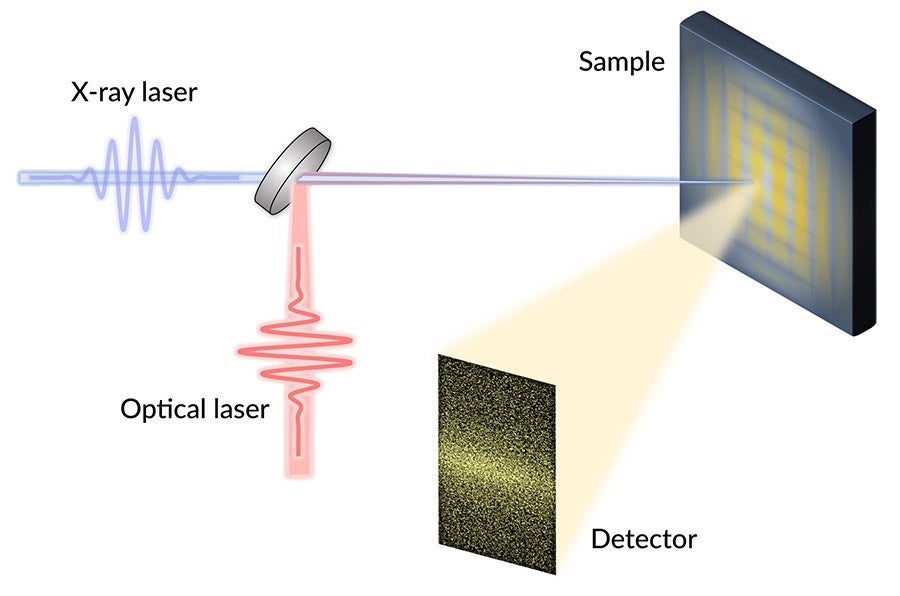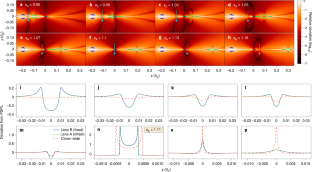2022-05-20 プリンストンプラズマ物理研究所(PPPL)
 Physicist Kenan Qu with images of fast radio burst in two galaxies.Top and bottom photos at left show the galaxies, with digitally enhanced photos shown at the right. Dotted oval lines mark burst locations in the galaxies. (Qu photo by Elle Starkman; galaxy photos courtesy of NASA; collage by Kiran Sudarsanan.)
Physicist Kenan Qu with images of fast radio burst in two galaxies.Top and bottom photos at left show the galaxies, with digitally enhanced photos shown at the right. Dotted oval lines mark burst locations in the galaxies. (Qu photo by Elle Starkman; galaxy photos courtesy of NASA; collage by Kiran Sudarsanan.)
宇宙で異常なバーストを起こすのは、中性子星や崩壊した星など、極端な磁場に包まれたマグネター(磁石+星)と呼ばれる天体である。この磁場は非常に強力で、量子電磁力学(QED)理論によれば、宇宙空間の真空を、マイナスに帯電した電子とプラスに帯電した陽電子の対からなる物質と反物質からなるエキゾチックなプラズマに変えてしまうのである。このペアが、強力な高速電波バーストを引き起こすと考えられている。
<関連情報>
- https://www.pppl.gov/news/2022/unraveling-perplexing-explosive-process-occurs-throughout-universe
- https://aip.scitation.org/doi/abs/10.1063/5.0078969
ビーム駆動型QEDカスケードにおける電子・陽電子ペアのプラズマ集団効果 Collective plasma effects of electron–positron pairs in beam-driven QED cascades
Kenan Qu, Sebastian Meuren, and Nathaniel J. Fisch
Physics of Plasmas Published:21 April 2022
DOI:https://doi.org/10.1063/5.0078969
ABSTRACT
Understanding the interplay of strong-field QED and collective plasma effects is important for explaining extreme astrophysical environments like magnetars. It has been shown that QED pair plasma can be produced and observed by passing a relativistic electron beam through an intense laser field. This paper presents in detail multiple sets of 3D QED-particle-in-cell simulations to show the creation of pair plasma in the QED cascade. The beam driven method enables a high pair particle density and also a low particle Lorentz factor, which both play equal roles on exhibiting large collective plasma effects. Finite laser frequency upshift is observed with both ideal parameters (24 PW laser colliding with a 300 GeV electron beam) and with existing technologies (3 PW laser colliding with a 30 GeV electron beam).



